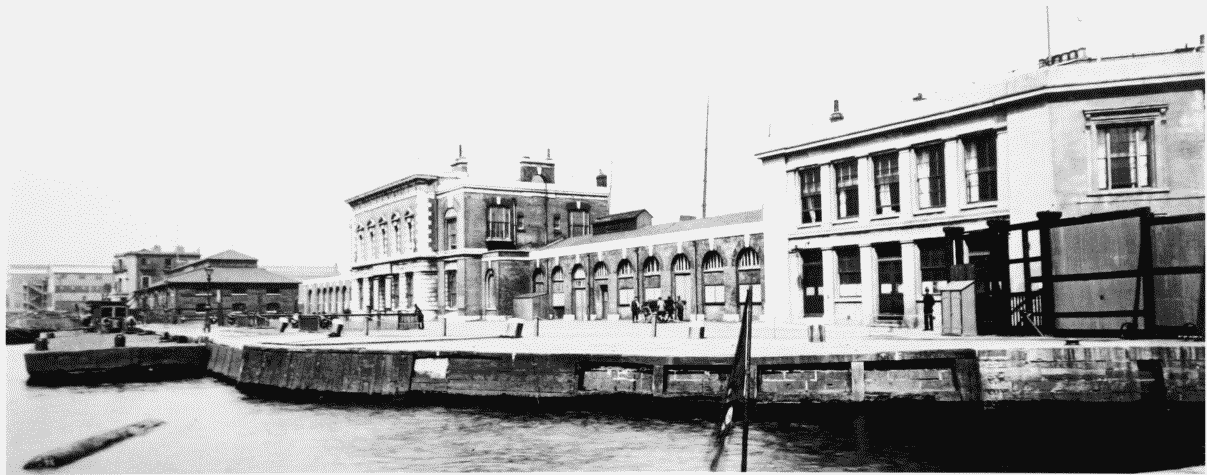Survey of London: Volumes 43 and 44, Poplar, Blackwall and Isle of Dogs. Originally published by London County Council, London, 1994.
This free content was digitised by double rekeying. All rights reserved.
'Plate 120: Brunswick Wharf', in Survey of London: Volumes 43 and 44, Poplar, Blackwall and Isle of Dogs, ed. Hermione Hobhouse (London, 1994), British History Online https://prod.british-history.ac.uk/survey-london/vols43-4/plate-120 [accessed 16 April 2025].
'Plate 120: Brunswick Wharf', in Survey of London: Volumes 43 and 44, Poplar, Blackwall and Isle of Dogs. Edited by Hermione Hobhouse (London, 1994), British History Online, accessed April 16, 2025, https://prod.british-history.ac.uk/survey-london/vols43-4/plate-120.
"Plate 120: Brunswick Wharf". Survey of London: Volumes 43 and 44, Poplar, Blackwall and Isle of Dogs. Ed. Hermione Hobhouse (London, 1994), British History Online. Web. 16 April 2025. https://prod.british-history.ac.uk/survey-london/vols43-4/plate-120.
In this section
Brunswick whare. Developed 1833–4, James Walker, architect and engineer (pp. 503–8).
All demolished
a. View in the mid-1830s showing two shed-warehouses (p. 597) and, left, the Brunswick Hotel (pp. 596–7)

Brunswick Wharf
View in the mid-1830s showing two shed-warehouses (p. 597) and, left, the Brunswick Hotel (pp. 596–7)
b. View looking west in June 1920.

Brunswick Wharf
View looking west in June 1920.
The London and Blackwall Railway terminus is in the centre (pp. 597–8) and the former Railway Tavern to the right (p. 598)